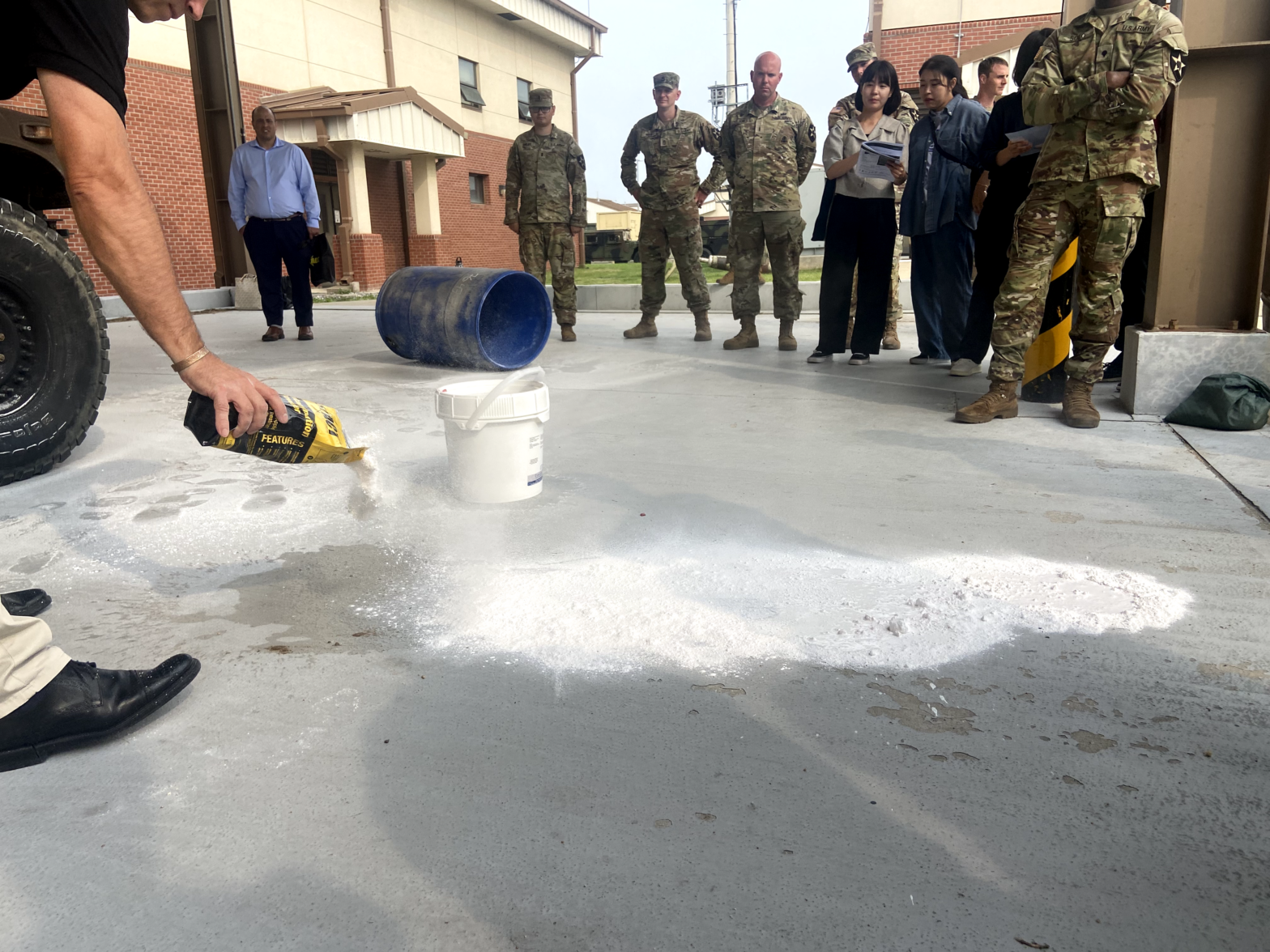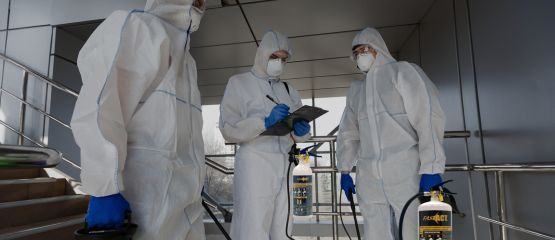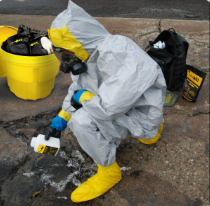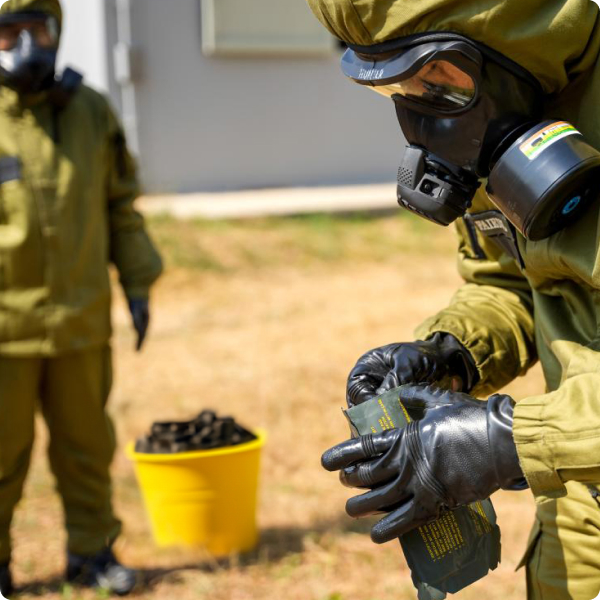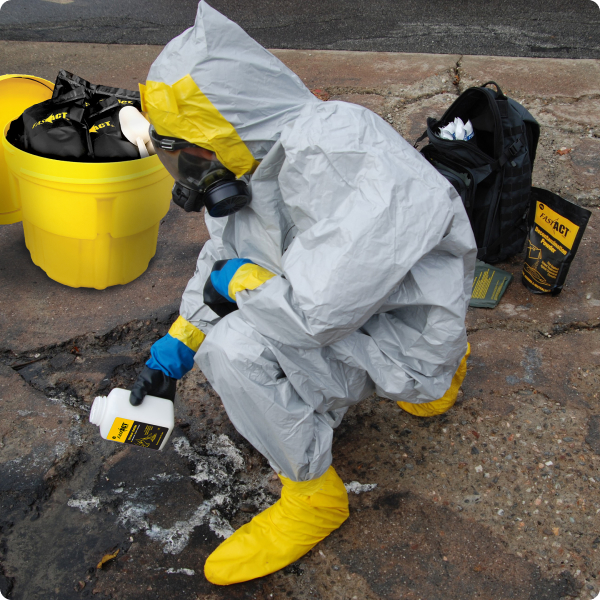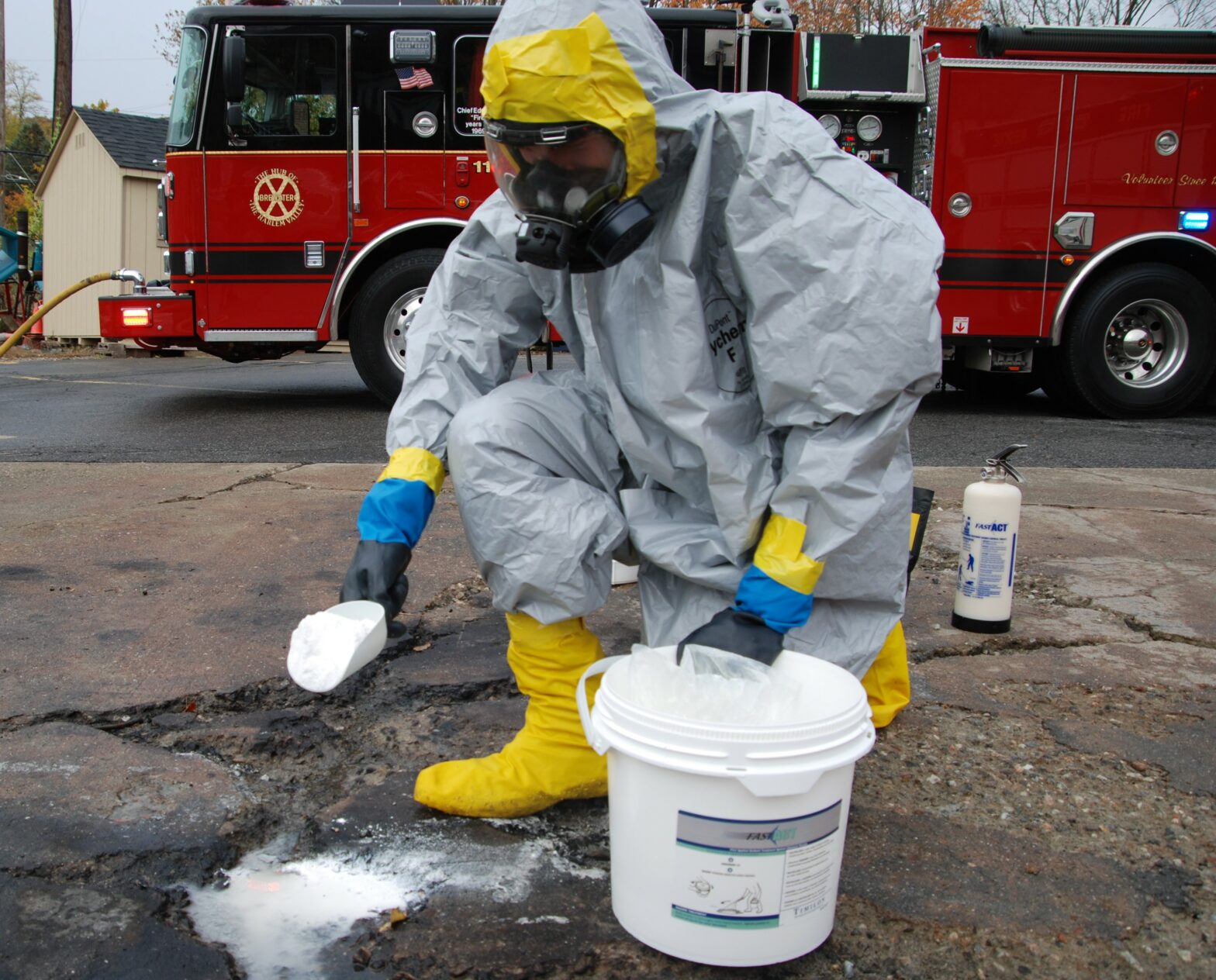This guide breaks down cyclosarin’s chemical properties, health effects, and environmental behavior, while also showing how FAST-ACT decontamination solutions protect communities against these toxic chemicals.
Tag: FAST-ACT Cylinders
Hospital Decontamination Without Compromise: Protecting Patients, Staff, and Equipment
This post concludes our hospital decontamination blog series, following Part 1: Rethinking Hospital Decontamination and Part 2: Inside the Protocol: A Hospital SOP for Dry Chemical Decontamination.
Rethinking Hospital Decontamination: Why Dry Decon Belongs in Your Emergency Plan
In the event of a chemical incident or mass casualty event, hospitals must act quickly to protect patients, staff, and infrastructure. Traditional water-based technical decontamination has long been a standard protocol, but it brings limitations—especially during high-pressure scenarios where rapid, scalable response is critical.
FAST-ACT Webinar Highlights Ensuring Personnel Safety During Crowd Control
FAST-ACT recently hosted an insightful and timely webinar titled “Ensuring Personnel Safety: Dry Decontamination for Crowd Control Operations,” focusing on the unique challenges law enforcement and first responders face when neutralizing chemical threats during large-scale public gatherings.
Global Events, Global Risks: Why the 2026 World Cup Demands More Than Traditional Security
The FIFA World Cup is more than a sporting event—it’s a global spectacle drawing millions of fans into high-density, high-energy environments. While this celebration of international unity captivates the world, it also introduces real and growing risks: from crowd control challenges to the silent but severe threat of chemical, biological, radiological, nuclear, and explosive (CBRNE)… Continue reading Global Events, Global Risks: Why the 2026 World Cup Demands More Than Traditional Security
Exclusive Webinar: Ensuring Personnel Safety – Dry Decontamination for Crowd Control Operations
Join us Tuesday, July 22, 10:00–11:00 AM EST for the FAST-ACT Webinar Event on Ensuring Personnel Safety: Dry Decontamination for Crowd Control Operations.
Dry vs. Wet Decontamination: Which Is Right for the Situation?
When hazardous materials pose an immediate threat, the method of decontamination you choose can determine the outcome. First responders, hazmat teams, and military units must understand the difference between wet and dry decontamination to deploy the right tools—fast. This guide breaks down both approaches and highlights why FAST-ACT’s dry decon solutions are trusted in the… Continue reading Dry vs. Wet Decontamination: Which Is Right for the Situation?
Fourth of July Hazards and Concerns for First Responders
The Fourth of July is one of the most celebrated holidays in the United States, marked by fireworks, barbecues, and large public gatherings. But for first responders, it also brings a high-risk environment with potential threats ranging from chemical exposures to crowd-related hazards.
Environmental Remediation: How FAST-ACT Is Changing the Game in Chemical Decontamination
Environmental remediation is critical for cleaning up chemical spills, neutralizing hazardous vapors, and protecting ecosystems. FAST-ACT® offers a field-proven, dry powder decontamination solution that neutralizes a wide range of chemicals on contact—without the need for water or mixing. From oil spills to battery fires and unknown vapor threats, learn how FAST-ACT is transforming environmental response with safer, faster, and more effective remediation.
Responding to Chemical Suicide with Dry Decontamination Products for First Responders
Gain insights into the risks to responding to chemical suicide and how first responders can effectively manage these hazardous situations.

